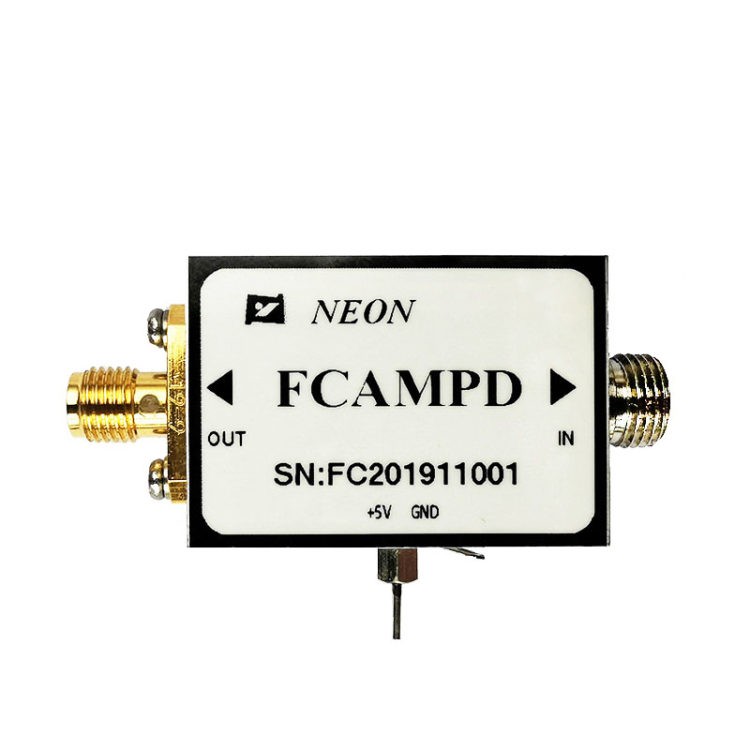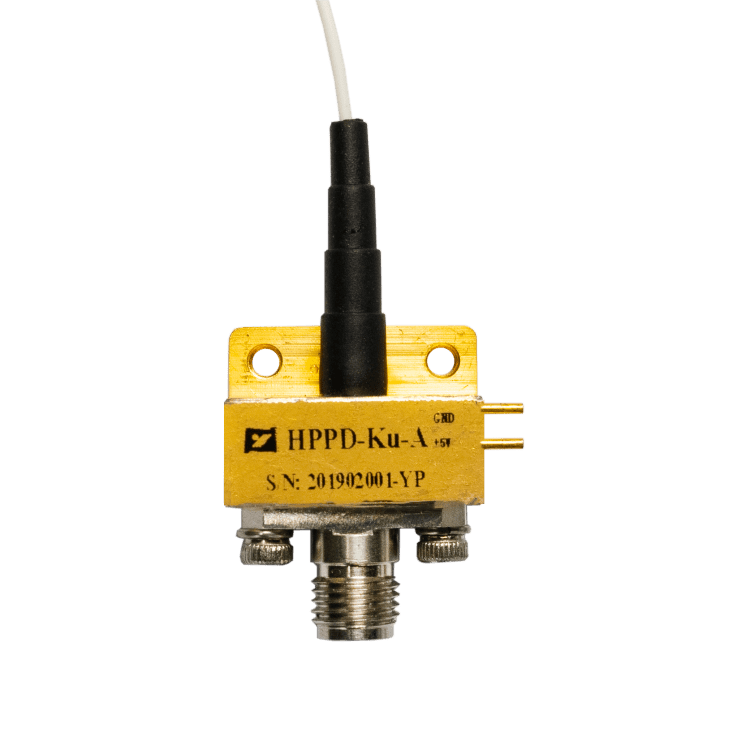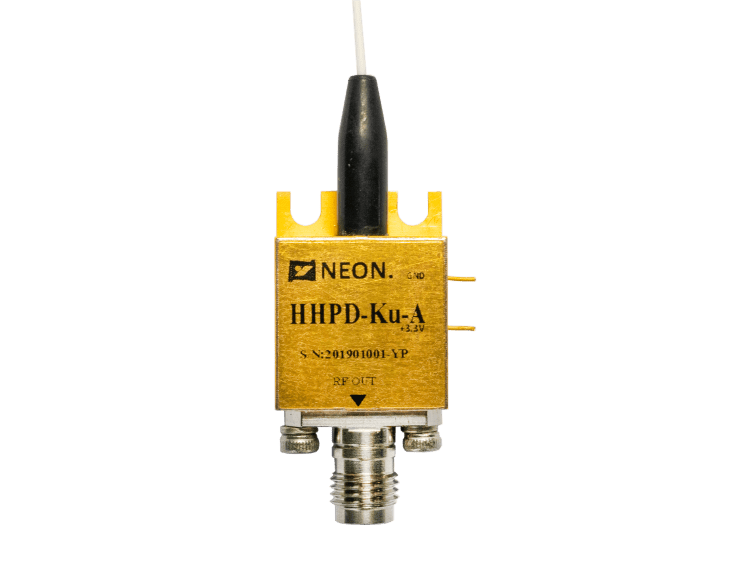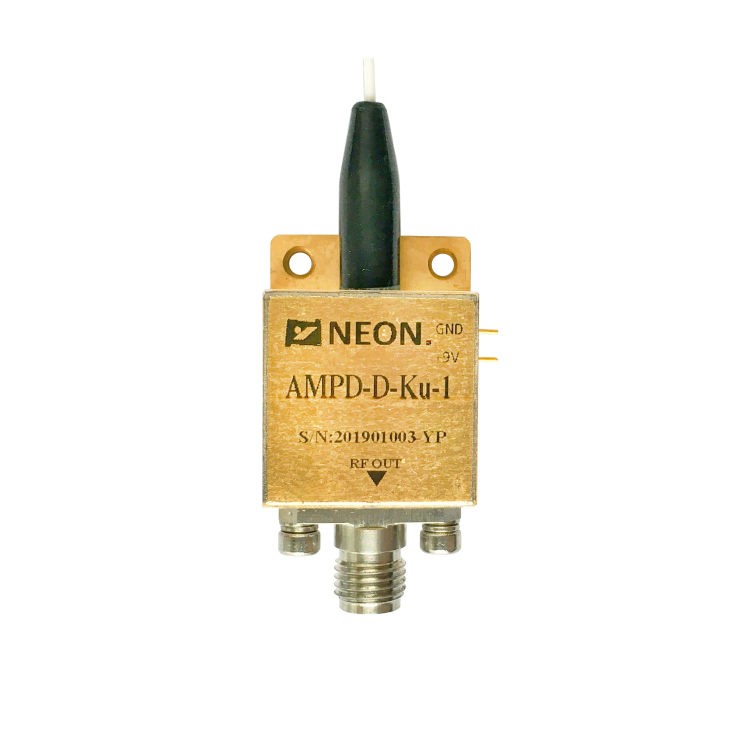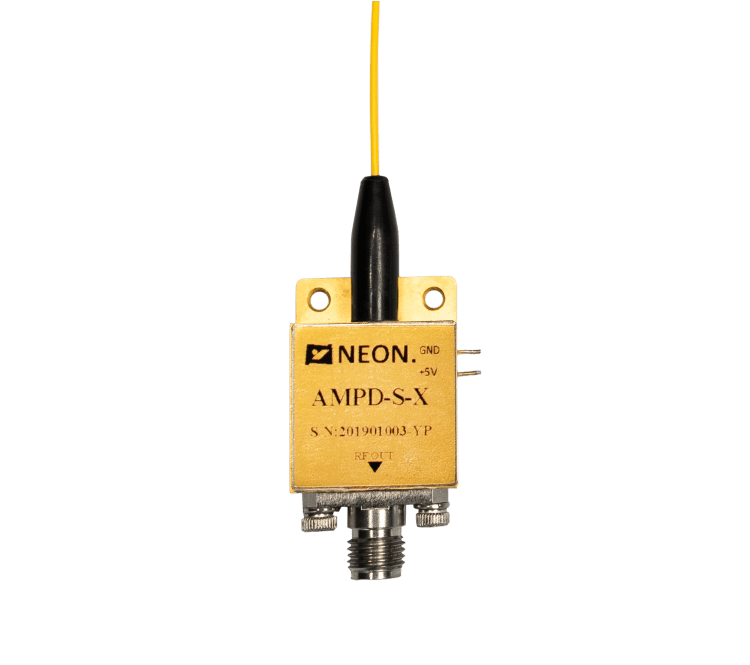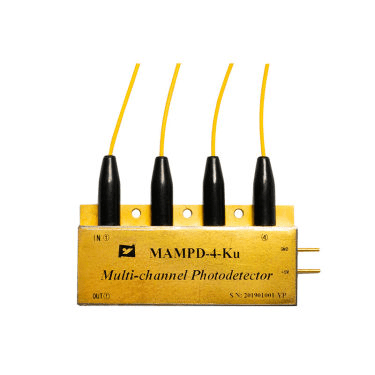What a High Performance Photodetector With a Large Area InGaAs/InP PIN Structure is?
Emerging applications of flexible optoelectronic devices are booming in flexible imaging/displays, sensors, short-range data communications, solar cells, and more. As an integral part of flexible optoelectronic systems, flexible photodetectors (PDs) have been extensively studied in terms of narrow-band photoresponses and broadband photoresponses in the ultraviolet (UV), visible (VIS) and near-infrared (NIR) regions. Breakthrough.
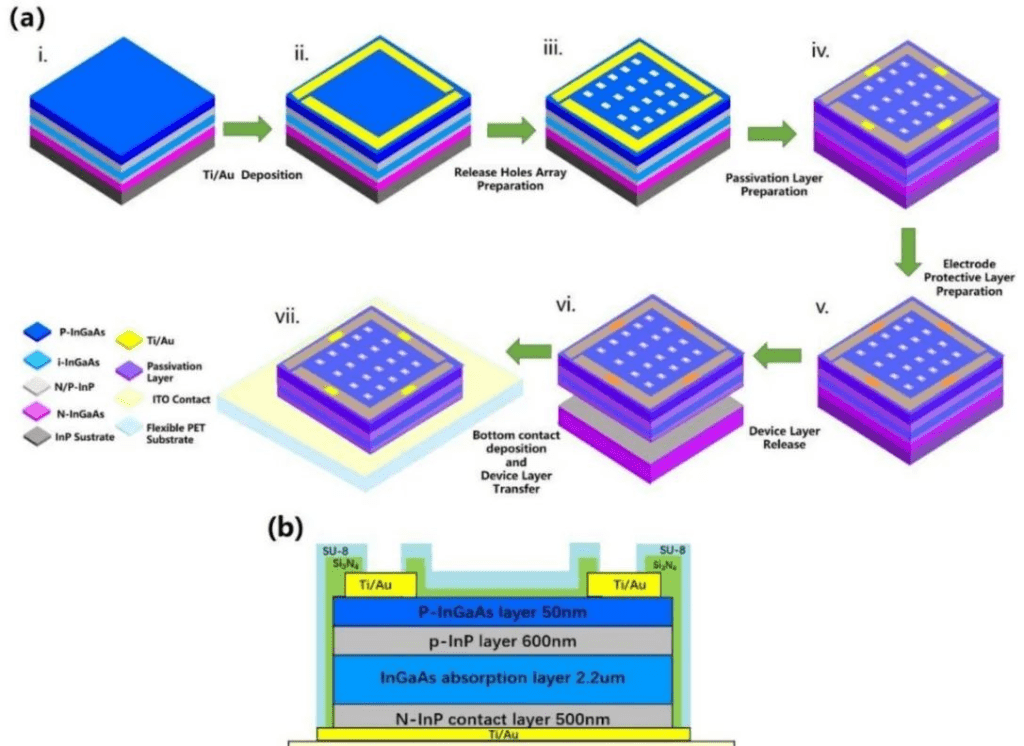
Although visible light or near-infrared organic-based photodetectors have made significant progress, some key bottlenecks, such as large band gaps, weak absorption, and poor charge generation in the near-infrared region, lead to poor performance.
In recent years, significant progress has been made in multispectral photodetector technologies based on the combination of inorganic materials with organic substrates, which take full advantage of the high performance of inorganic materials and the mechanical flexibility of organic materials.
Flexible UV photodetectors employ wide-bandgap zinc oxide (ZnO), indium gallium zinc oxide (InGaZnO, IGZO), and gallium oxide (Ga2O3), exhibit good photoresponse performance and flexibility.
Inorganic semiconductor nanowires (NWs) and 2D materials such as graphene and transition metal dichalcogenides (TMDCs) have also been used in flexible photodetectors due to their unique electronic structure, ease of fabrication, broad spectral absorption, and flexibility. Tremendous progress has been made in the ultraviolet to near-infrared range.
In particular, TMDCs based on organic substrates, such as molybdenum disulfide (MoS2) on PET, tungsten diselenide (WSe2), or MoS2/WSe2 on paper, enable advanced flexible, visible light detectors with high response It has the advantages of high performance and quantum efficiency, low cost of preparation scheme, and large device preparation area. In addition, TMDC, IGZO, and silicon (Si)-based materials have achieved broadband photodetection to enhance light absorption through surface “decoration” with different superstructures or nanostructures.
However, the flexible photodetectors realized with the above materials have no response to short-wave infrared, although they can cover ultraviolet, visible, and near-infrared. The photodetectors’ response time exceeds milliseconds and cannot be applied to high-speed detection, such as flexible communication equipment and biomarker detection.
It is well known that indium gallium arsenide (InGaAs) alloys are critical components in the active region of high-speed electronic devices, infrared photodetectors, and lasers. InxGa1-as photodetectors can be optimized for any wavelength in the 0.4 μm-3.6 μm spectral range.
In0.53Ga0.47As is lattice matched to an indium phosphide (InP). In0.53Ga0.47As has a band gap of 0.74 eV, covering 1310 nm and 1550 nm wavelengths for low-loss communication applications. The electron mobility of In0.53Ga0.47As is 12000cm²/Vs, close to 10 times that of Si.
Combined with the current mature III-V semiconductor device manufacturing technology, In0.53Ga0.47As/InP photodetectors have been widely used and commercialized in night vision, detection, agricultural sorting, and other fields.

Therefore, in this paper, by using a sacrificial layer to lift the epitaxial layer from its native substrate and transfer it to a flexible host carrier, the authors achieved a flexible InGaAs thin film with a detective of 5.18 × 10¹¹cm·√Hz/W Photodetector.
They simplified the fabrication process of the InGaAs photodetector by adopting sidewall passivation. They obtained a large-area flexible photodetector with an operating wavelength of 640 to 1700 nm, which is fast enough to reach the MHz response level for short-wave infrared at 1550 nm.
In addition, the optoelectronic properties of this flexible photodetector remain stable in the bending state, and the physical mechanism of this flexible photodetector is also investigated in detail.
As a flexible photodetector based on III-V materials with the high performance of conventional rigid photodetectors, one can envision photodetectors will use in novel bio-integrated optoelectronic systems, flexible consumer electronics, and wearable sensors in the range from visible light to short-wave infrared. Play an essential role in.


